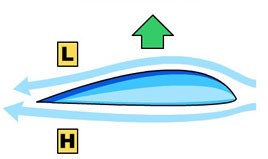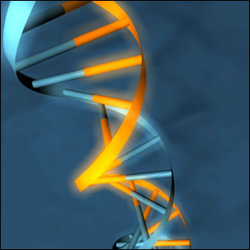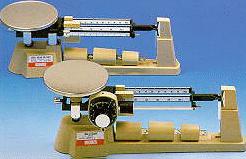GT Math and Science -- Accelerated Activities
GT Math and Science provides a broad range of math and science activities targeting the middle school STEM curriculum. Most of the content pages contain online assessments of the reading material.
Of special interest for Gifted Students is the MathMol (Mathematics and Molecules) activity, The Edinformatics Science Challenge, and the Rotating Labs --Integrated Math and Science Labs-- Mathematical Relations and Science Principles ...
How is heat transferred, conduction, how a battery works, properties of waves and more -- Energy in Motion
Lever, Screw, Wedge, Incline Plane, Wheel and Axle, Pulley, What is Mechanical Advantage, Assessment Test -- Simple Machines
ck,,,https://en.wikipedia.org/wiki/Harmonic_oscillator

MathMol -- Mathematics and Molecules
MathMol (Mathematics and Molecules) is designed to serve as an introductory starting point for those interested in the field of molecular modeling. MathMol is an ideal STEM activity for K-12 students since it introduces molecular structure as it relates to mathematics and utilizes 3D visualization technology. The site is interactive not just in the software used but we also insert online question to test understanding. MathMol was originally developed at the NYU Visualization lab in 1996, and tested in several accelerated middle school classrooms. Since most of the software originally used is currently outdated, MathMol is now in the process of being updated to HTML5 standards using Jsmol. See MathMol Home Page
See Also: World of Molecules --Molecular Modeling for K-12 -- A STEM Activity

Introduction to Scientific Notation, Multiplication with Scientific Notation, Division with Scientific Notation, Word Problems, An Integrated Math Science and Art (STEAM) Activity, Scientific Notation Generator... more... Scientific Notation
Take the Edinformatics Challenge
Edinformatics has designed a two part -end of year- 8th grade science test that accesses both "Knowledge and Concepts" (Part I), and "Reasoning and Analysis Skills" (part II). Most of the science material used for the test is consistent with current intermediate school textbooks. Several questions require more rigorous mathematics that is contained within the newly initiated Common Core Standards and the NGSS (Next Generation Science Standards).
- Read more about -The EDinformatics Challenge
- See Part I - Knowledge and Concepts
- See Part II - Reasoning and Analysis

Living Systems
 The Human Genome, Asexual vs Sexual Reproduction, Classification of Living Things, Gluten Sensitivity and Celiac Disease, How do drugs work? Carcinogens and Cancer, What are parts of Heart and how does Heart Work, Path of Blood through the Circulatory System... more ... Living Systems
The Human Genome, Asexual vs Sexual Reproduction, Classification of Living Things, Gluten Sensitivity and Celiac Disease, How do drugs work? Carcinogens and Cancer, What are parts of Heart and how does Heart Work, Path of Blood through the Circulatory System... more ... Living Systems
The Solar System. Galileo's telescope, Earth's Moon, Mercury, Venus, Mars, Asteroid Belt, Jupiter, Saturn, Uranus, Neptune, Pluto, Kuiper Belt, Comets, Oort Cloud, Milky Way, Helium-3, Dark Energy, Dark Matter, black holes, worm holes, white holes... more ... Beyond the Earth
About Forensic Science Forensic Chemisty Forensic Toxicology Forensic Pathology Forensic Psychology Forensic Dentistry Forensic Photography Forensic Entomology Forensic Archaeology Forensic Anthropology Fingerprinting Genetic DNA Fingerprinting Gas Chromatrography FTIR Science of Fingerprinting Handwriting Analysis.. more ... Forensic Science













